A Guide To Free-Diving With The Big 3 On The Ningaloo Reef
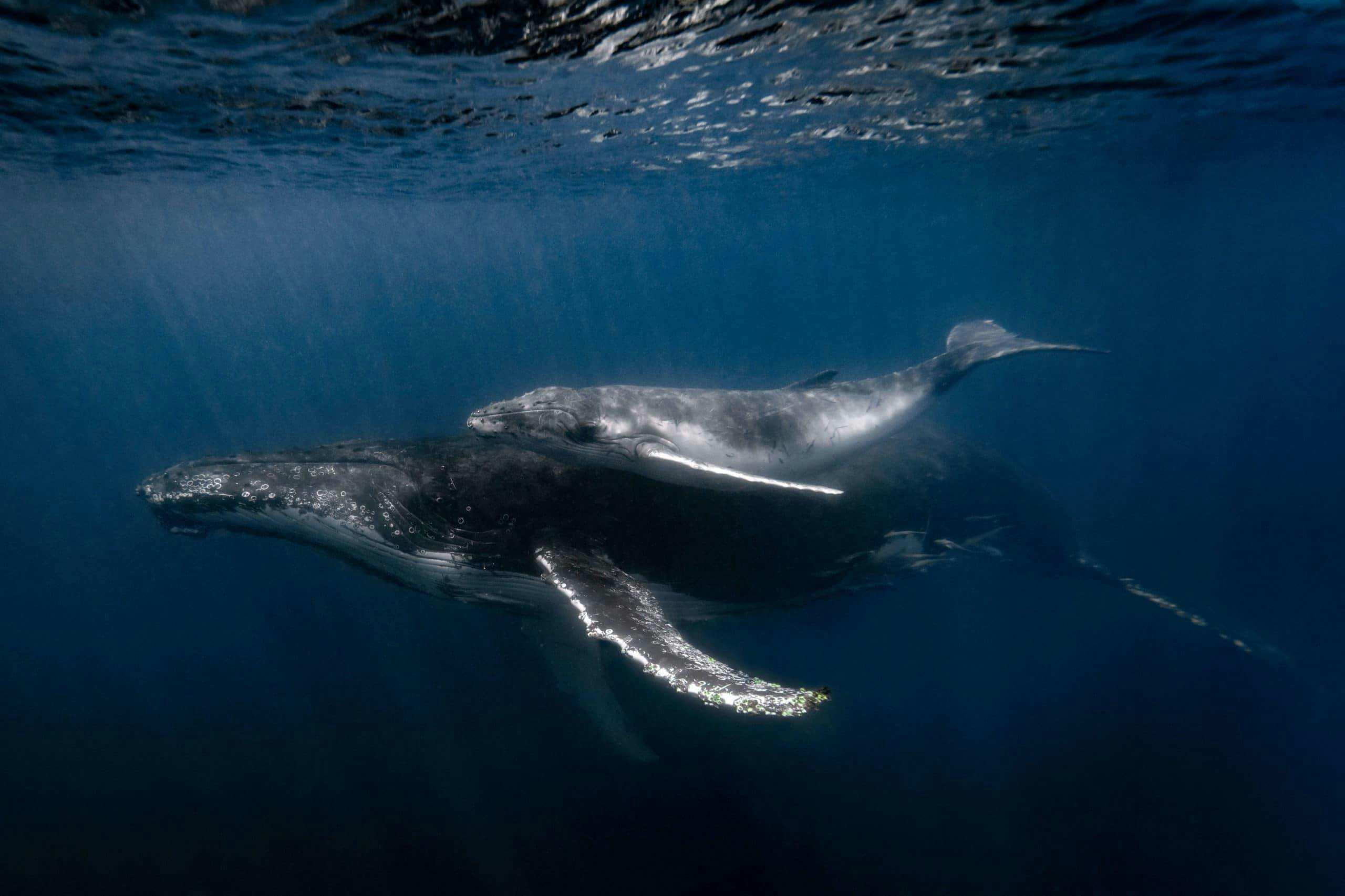
The Ningaloo Reef is a world renowned dive spot, famous for its pristine fringing reef and white sandy beaches. With Covid lockdowns in full swing perhaps it’s time to consider a holiday within your own state this summer and where better than the lesser known West Aussie version of the Great Barrier Reef. If you’ve never been before then here’s the perfect guide to the “Ningaloo Big 3”, three of the largest and most sought after wildlife encounters that can be had on the reef.
Sandwiched between the desert and the continental shelf this place translates to “deepwater” in the local Yinigudura language. It’s this deep water and the nutrient rich upwellings that come with it that makes the Ningaloo such a special place. At over 280kms long, The Ningaloo is the largest fringing reef in the world and as a consequence harbours an impressive array of marine life. Although not commonly known for its vivid coral, the reef really comes into its own when it comes to the large marine species that seem to thrive in abundance here.
The Whale Shark
Perhaps its most famous visitor, the Whale Shark, graces us with its presence each year shortly after the coral spawning occurs in late Autumn. At the peak of the Whale Shark season it’s possible to see upwards of 10 different sharks in one day! These giants of the ocean are at the pinnacle of any underwater wildlife photographers shot list and the Ningaloo Reef is the perfect place to tick them off. With daily tours running from March until late June from both Coral Bay and Exmouth it’s possible to experience these ocean giants whilst freediving/snorkelling. Although pricey, the tours offer excellent environmental credentials with governmental bodies strictly controlling numbers and time limits so as to not affect the sharks natural feeding behaviour. There are plenty of other Whale shark diving opportunities worldwide but not many can both guarantee a sighting (in the right season) and also alleviate any potential conservation issues in feeding them.
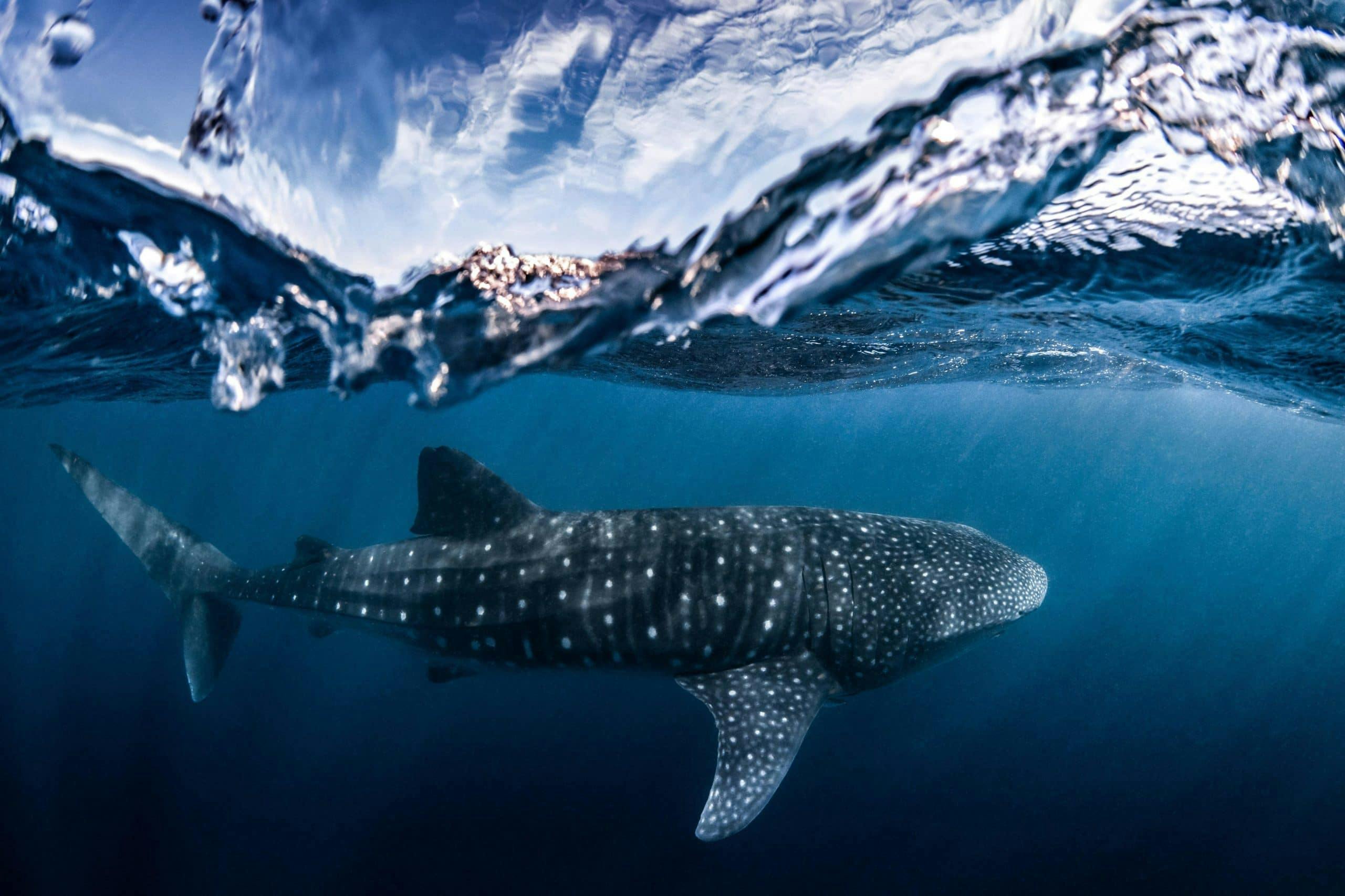
The Humpback Whale
After the Whale Sharks leave, Ningaloo’s most recent star, the Humpback Whale, takes the stage. Migrating from their summer feeding grounds of the Antarctic these leviathans make the massive yearly journey to the warmer calving grounds of the Kimberley. Perhaps one of modern day conservation’s greatest stories, the miraculous recovery of this species gives us hope for other animals at the brink of extinction. It was estimated that at the time of the moratorium in 1986 there were less than 500 humpback whales left on the West Coast of Australia, now almost 40 years on there are thought to be upwards of 38,000!
For the past couple years the marine tourism operators have been trailing Humpback Whale swimming encounters similar to those in Tonga and this year it finally got the go ahead to become a full fledged tour.
Day trips operate again from both Coral Bay and Exmouth from around June until late October. These trips offer the chance to swim with some of the biggest animals to have ever lived, often encountering multiple pods of whales in one day and if you’re really lucky, the chance to swim with a mother and calf. Nothing can quite prepare you for the feeling of coming eye to eye with a sentient mammal the size of a double decker bus… moving to say the least!

Subscribe to our free newsletter!
The Manta Ray
The last of the Ningaloo’s “Big 3” is the majestic Manta Ray. These harmless rays can grow upwards of 4m wide and are found all year round in the shallow bays on the reef. Whilst these beautiful animals can be spotted anywhere on the reef, there is a bay to the north of the small town of Coral Bay that is known to harbour them almost every day of the year. The shape of this bay allows plankton to become trapped in certain corners, concentrating the food of the manta rays so much that it can allow them to feed using spectacular techniques such as barrel rolling and line feeding. These rays have the largest body to brain ratio of any fish in the ocean so often swimmers are graced with curiosity and genuine intellect whilst interacting with them. Daily tours run from Coral Bay with an excellent success rate. Although the Whale shark and Humpback whale tours are for slightly more advanced freedivers/snorkelers these Manta Ray tours can be easily done with almost no snorkeling experience necessary.
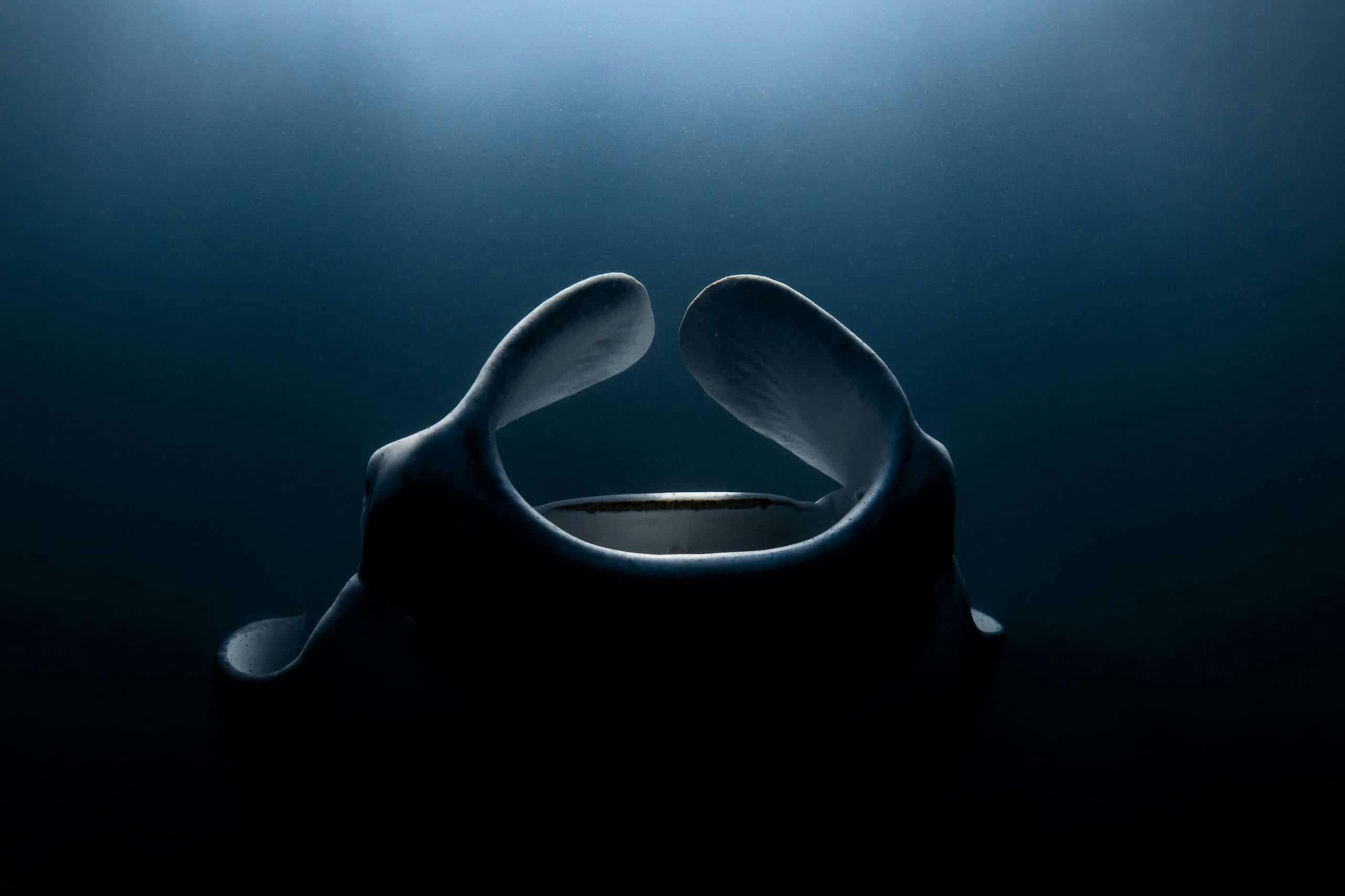
For those of you travelling with kids looking for something slightly less challenging there are plenty of amazing lagoons and snorkel spots that locals of both Coral Bay and Exmouth can point you in the right direction to. With chances to spot sea turtles, reef sharks and schools of fish it will fill the kids with excitement and have them out there for hours. One of the most popular spots in the Cape Range National Park near Exmouth is Turquoise Bay, a beautiful drift snorkel across shallow coral gardens filled with vibrant fish.
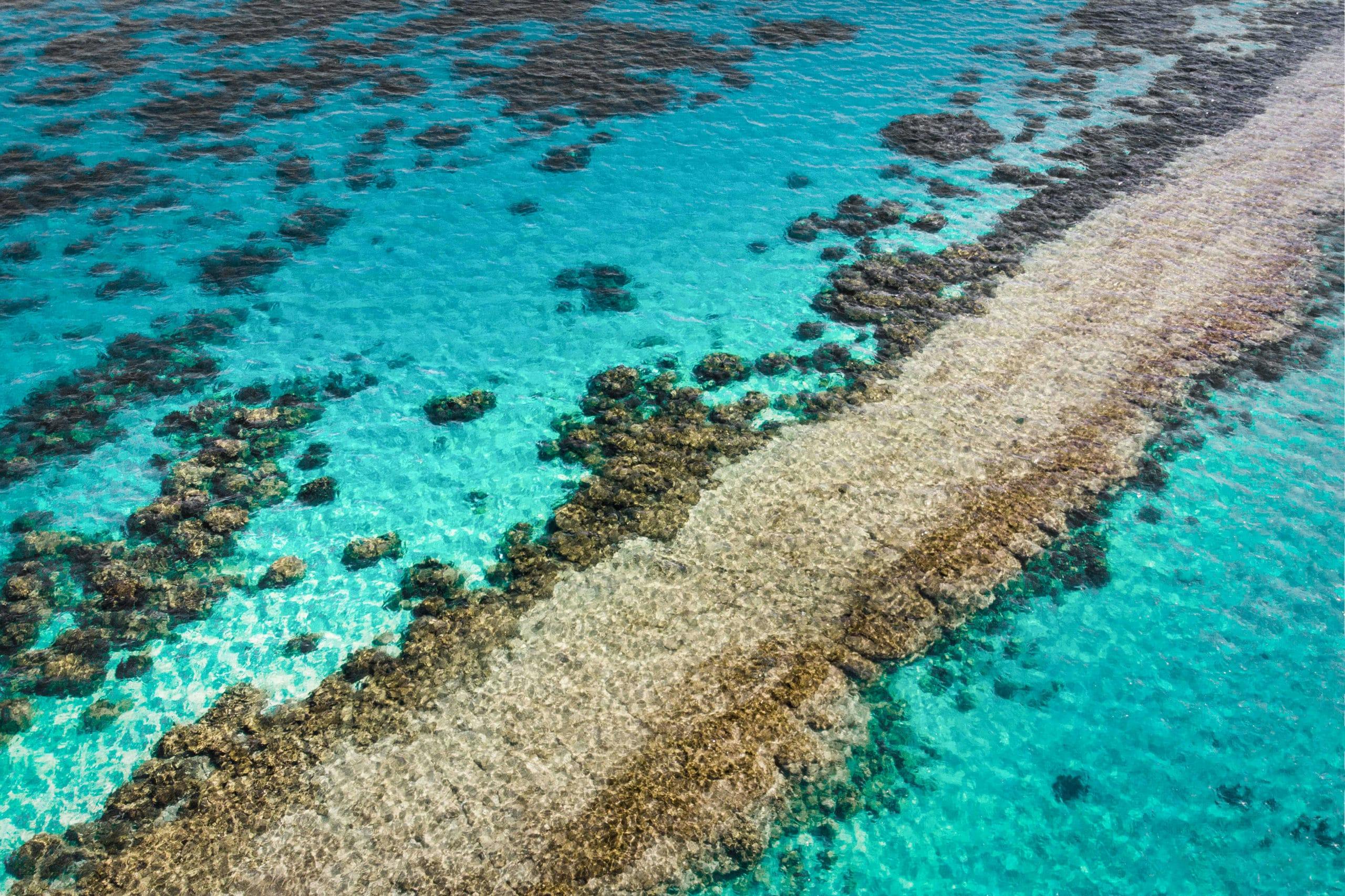
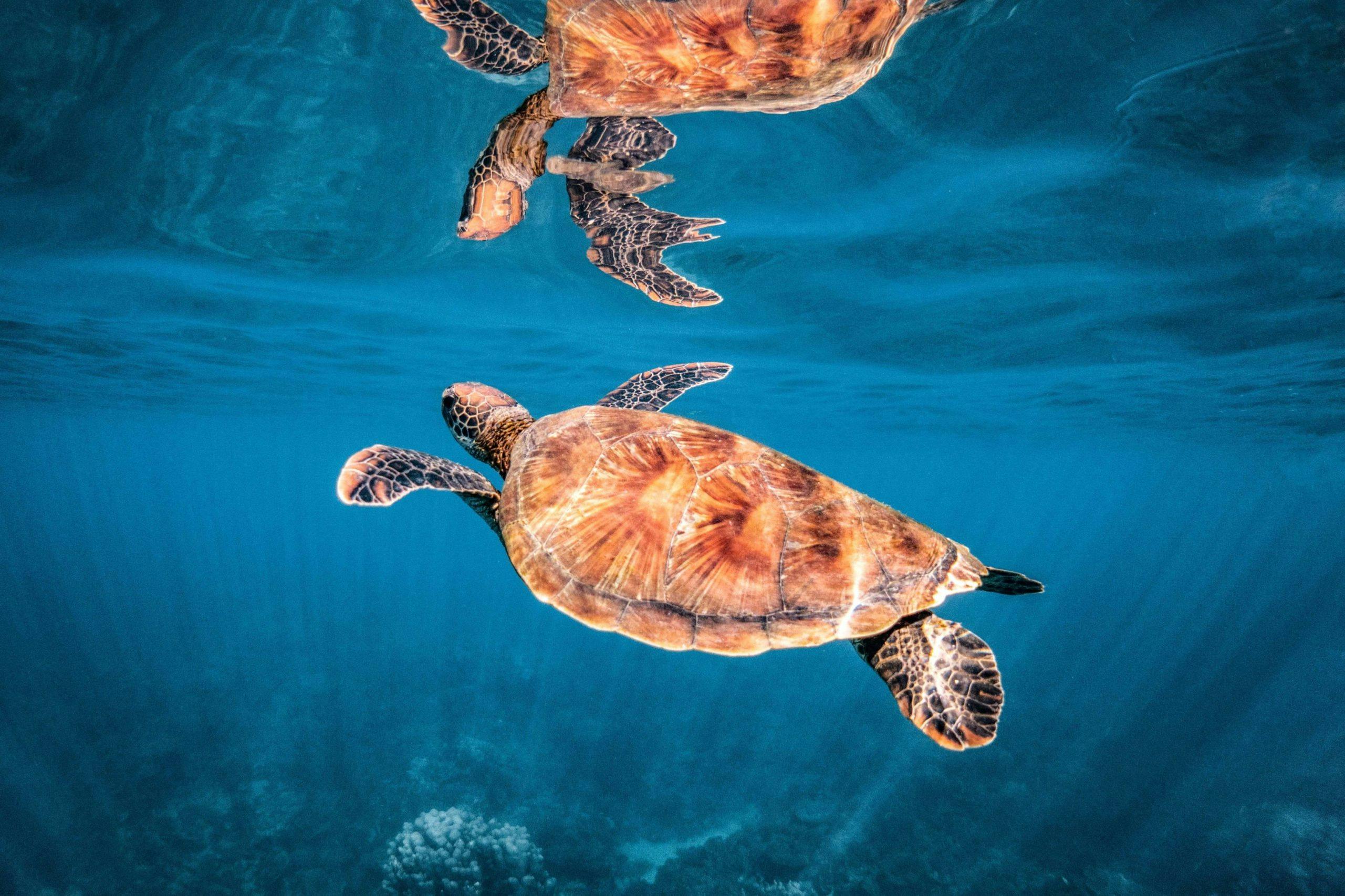
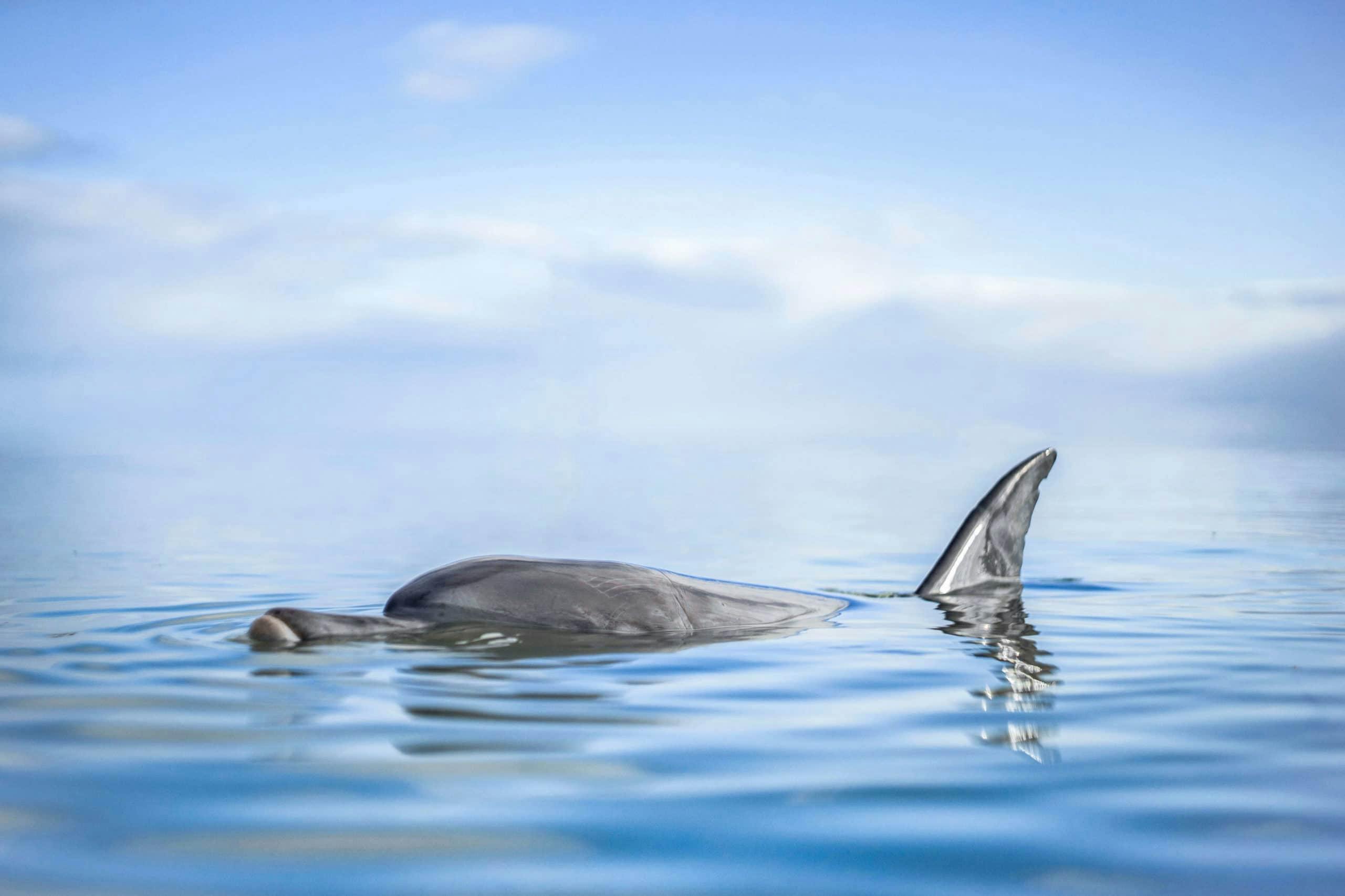
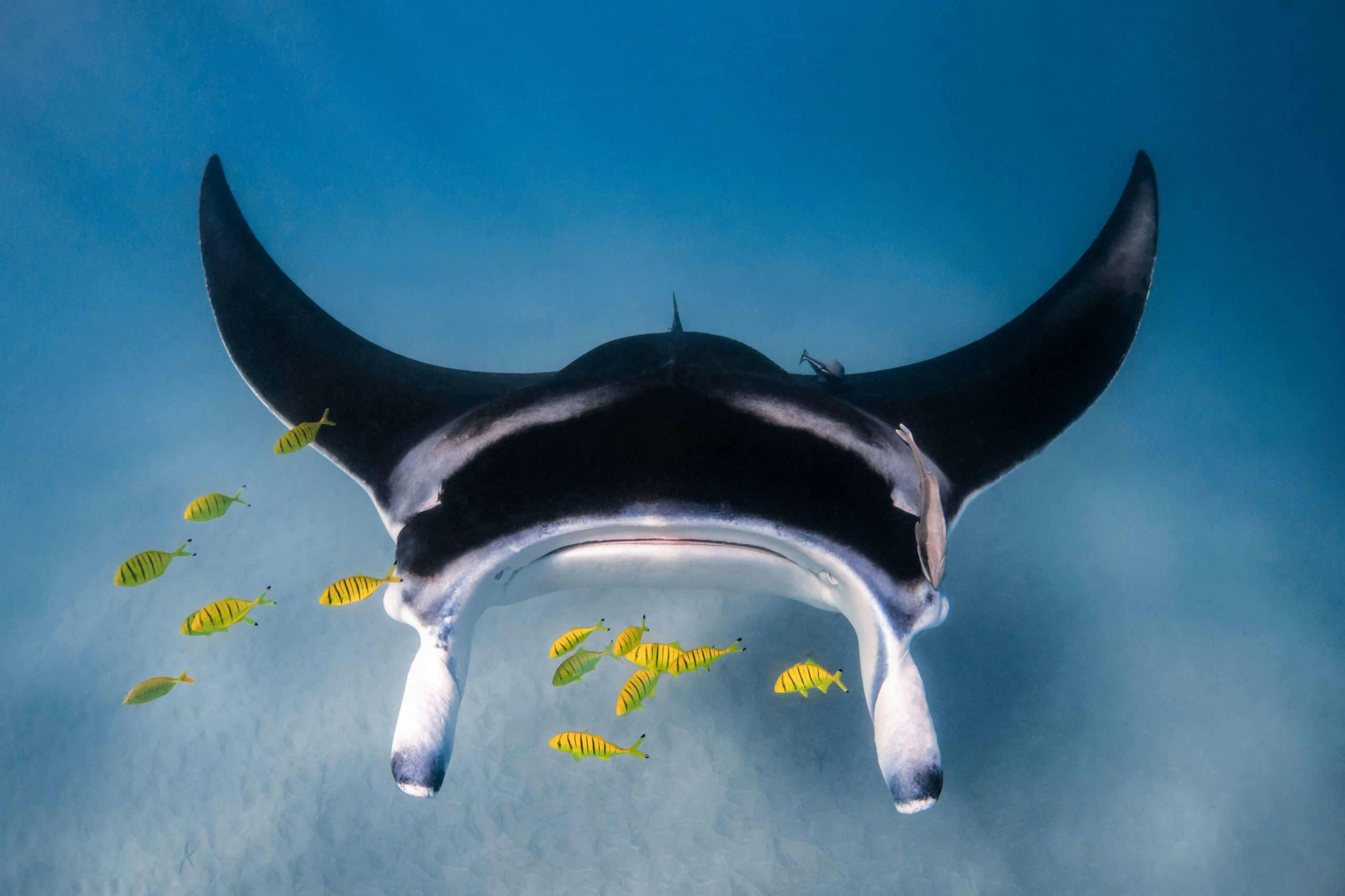
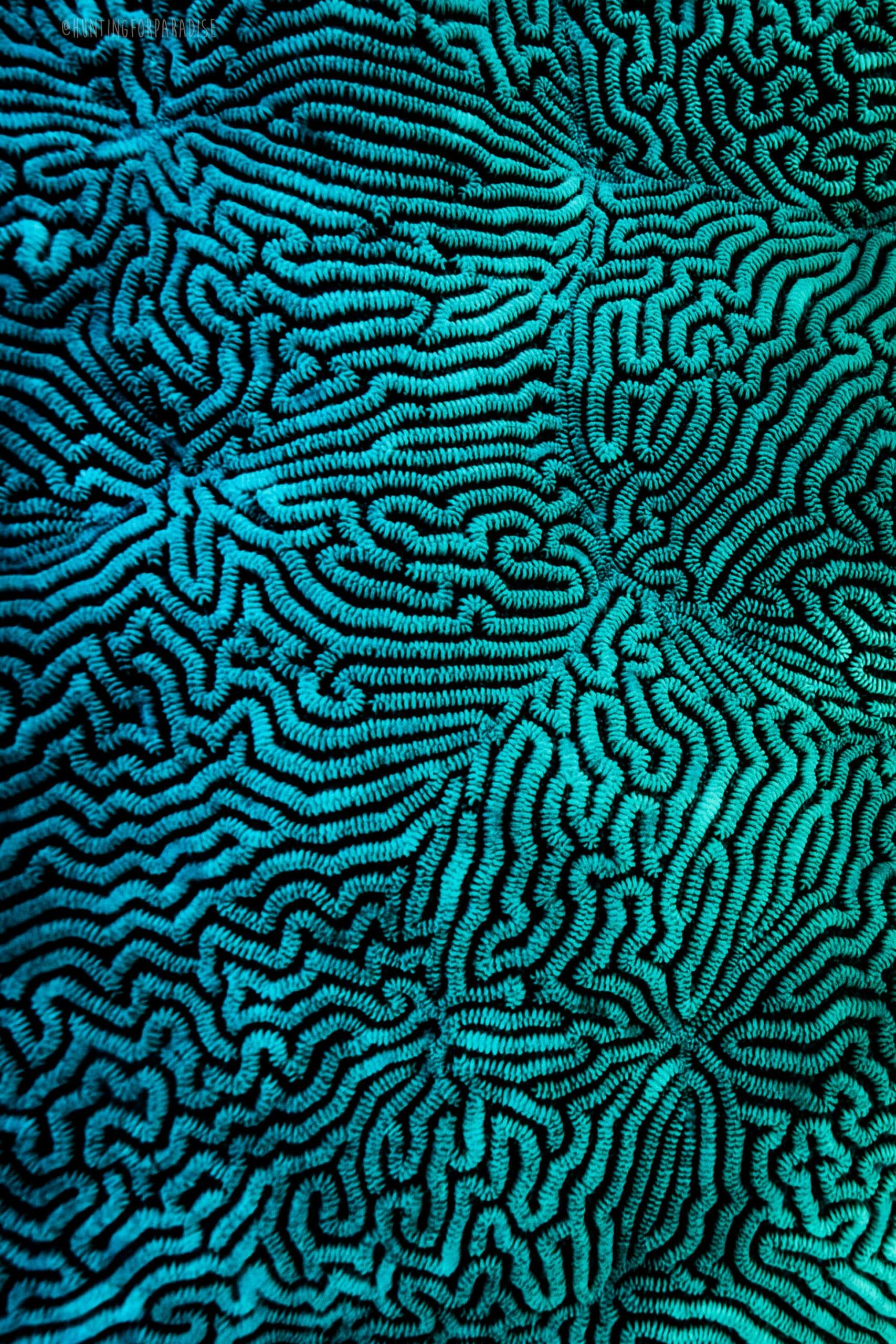
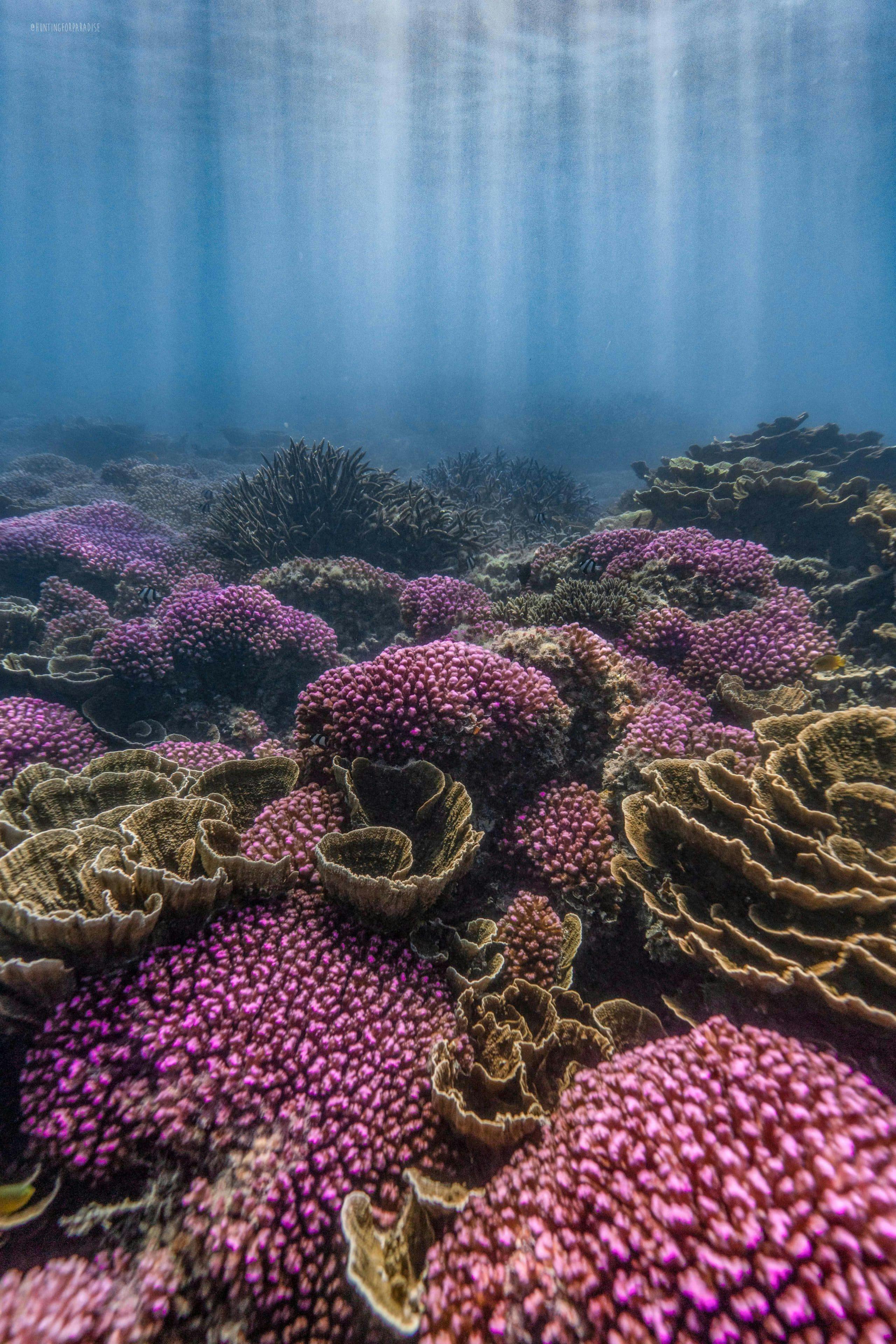
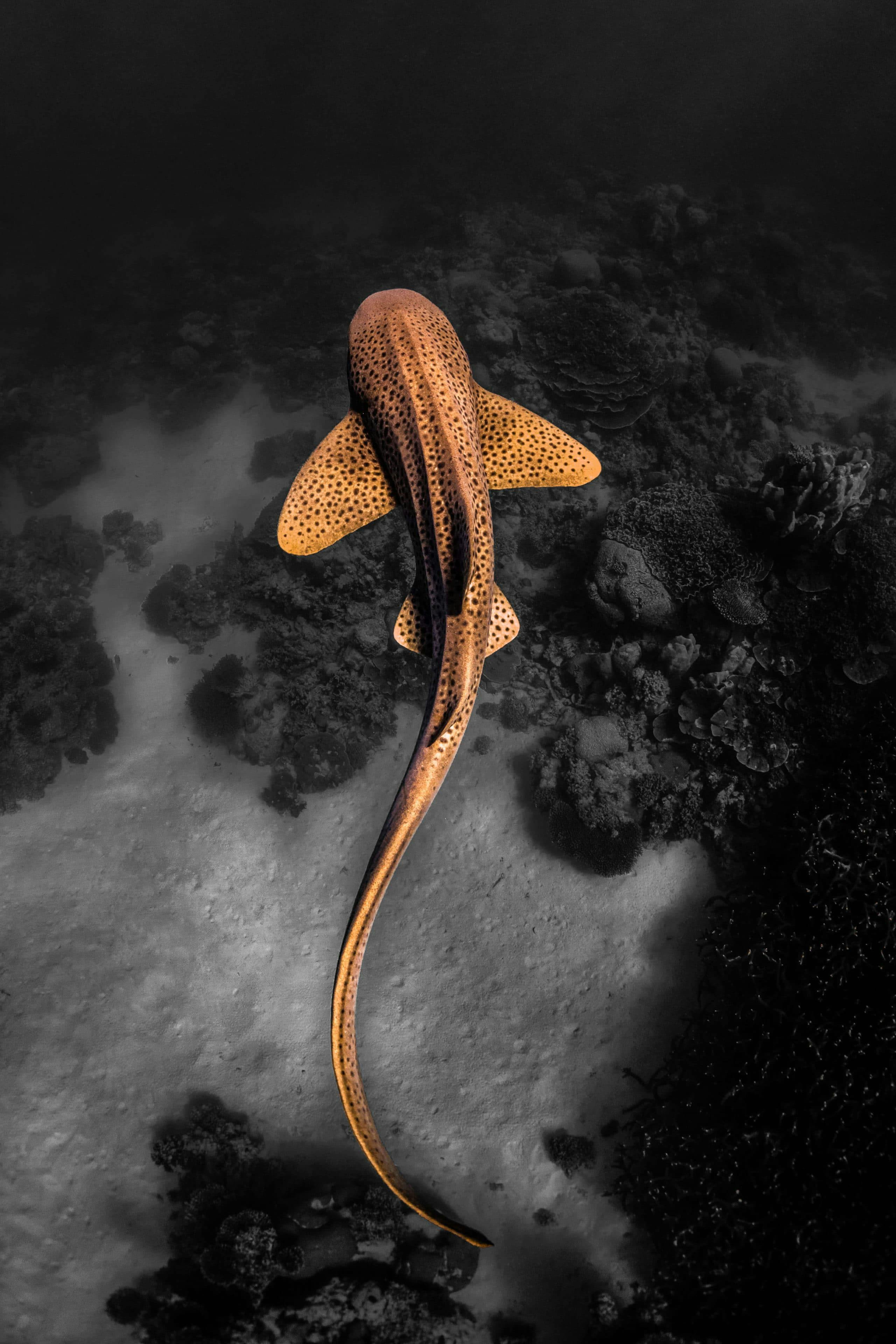
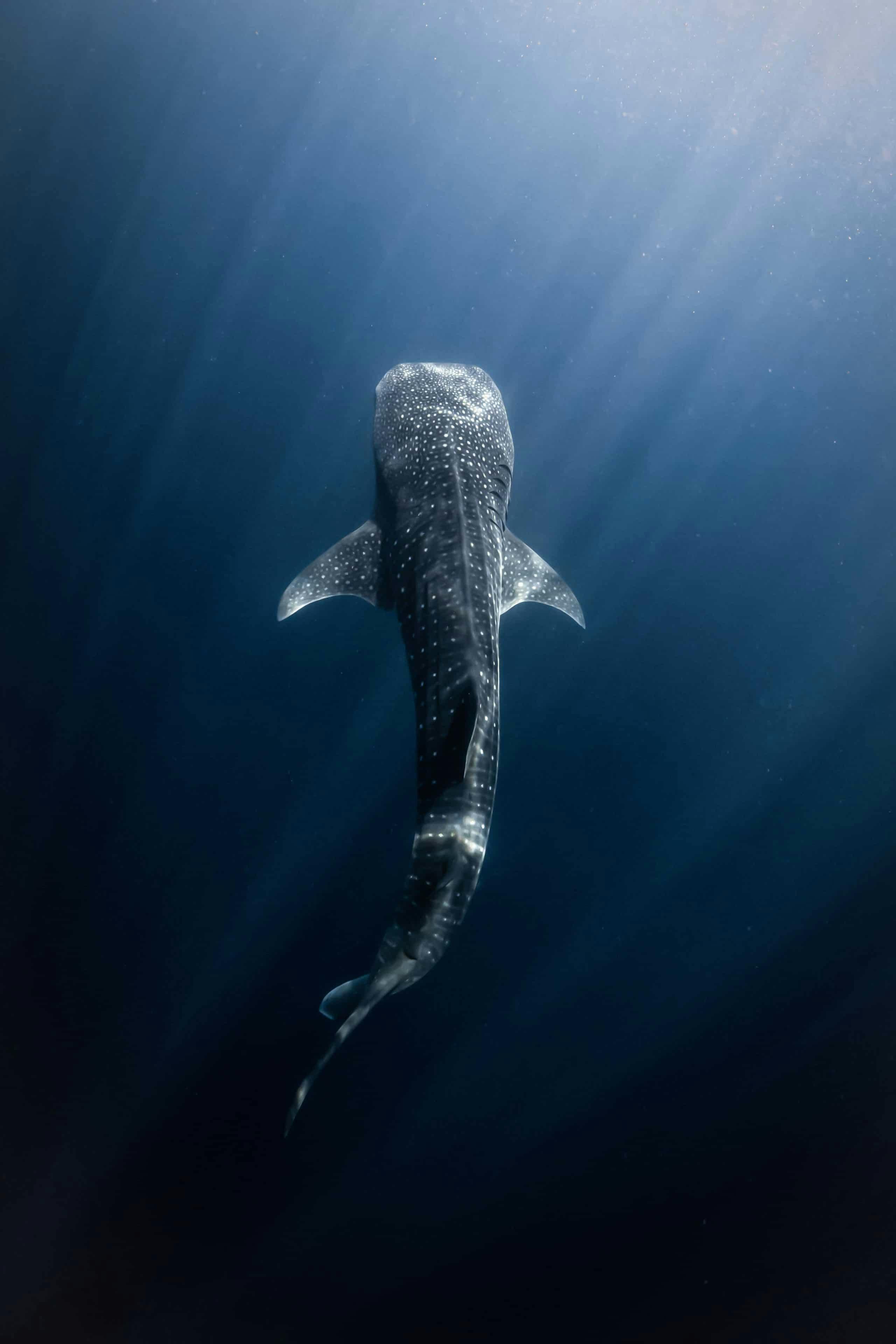
All research, words and photos by the talented Lewis Burnett – check him out on Instagram here!